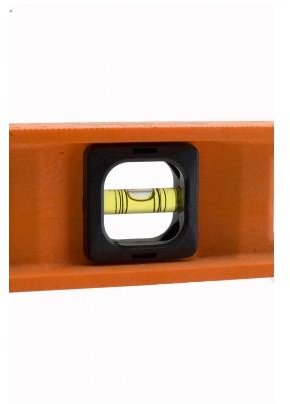What Are the Critical Steps to Determining Break Even Price?
What Are the Critical Steps to Determining Break Even Price?
When companies know their existing manufacturing capacity, and know both their variable and fixed costs, they often turn to performing a break even analysis on price to determine the preferred selling price. Break even price analysis is a rather simple approach and is ideally suited for those companies who know how much they can manufacture each day, and have a solid hold on costs, but are unsure of what price to charge for their products.
Before going into the calculation and variables included within the break even price analysis, it’s important to note that break even price should never be used as the sole indicator of a product’s selling price. In this case, view it as the “potential” selling price. Why? Well, the price of a product should always be based on multiple factors. First, there’s the product’s features & benefits, its competitive advantage over competing product lines, and the company’s pricing strategy within its market. Lastly, what price are customers willing to pay for the product? To answer this question requires solid market research. Instead, use the break even price analysis as an indicator of what a company could charge to cover costs.
Understanding the Variables within the Break Even Price Calculation
In this example, the company knows its production throughput—the quantity it can optimally manufacture each day. It also knows both its variable and fixed costs. Variable costs are those costs that rise and fall with usage or with how much a company manufactures. Fixed costs are viewed as those costs the company pays monthly or yearly. Fixed costs are essentially “locked” for a given period of time and include the company’s monthly rent, salaries, insurance and other fixed costs. Therefore, in our example, we’ll outline the company’s fixed & variable costs and will provide the ideal quantity that the company can realistically manufacture each day. Here are the variables.
- Fixed costs = $5000.00
- Variable costs = $400.00
- Quantity = 25 units or products
The Break Even Price Calculation
The critical steps involved in determining the break even price, are to establish the company’s fixed & variable costs, and summarize the company’s ideal manufacturing capacity or its quantity. The quantity could also refer to the typical daily sales volume of a distributor business model. In this case, they don’t necessarily manufacture the product, but have consistent daily sales.
- Total the company’s fixed costs.
- Total the company’s variable costs.
- Determine the company’s ideal quantity.
The break even price calculation is fairly straightforward. To make this example relevant, we’ll apply some values for the company’s fixed & variable costs as well as its quantity. In doing this, the calculation looks like this.
-
Fixed Costs = F
-
Variable Costs = V
-
Quantity = Q
-
Break even price= BEP
-
BEP = F + {V*Q}/Q
-
BEP = $5000.00 + {$400.00 * 25}/25
-
BEP = $5000.00 + $10,000.00/ 25
-
BEP = $15,000.00/25
The company’s ideal break even price is $600.00 per unit
What Does the Break Even Analysis Tell Companies?
As mentioned, companies should never base their product’s price solely on their break even price analysis. However, this straightforward calculation points the way to identifying areas to improve costs and increasing manufacturing capacity. For instance, if the company was to use its economies of scale to lower its parts and raw material pricing, it would lower its overall cost structure and this would allow the company to reach break even sooner. Consequently, if the company lowered its fixed cost structure, or improved its manufacturing capacity, these two would help the company reach break even sooner.
The idea approach is to use the break even price analysis to determine the optimal price. If that price is in line with market research, and is a reasonable price range for the product, then an argument could be made to raise pricing. However, companies must always find a balance within its pricing strategies and the break even analysis. In most cases, companies use the break even analysis to identify areas of concern and possible approaches to lowering costs.
Image Credit: Felixco, Inc. / FreeDigitalPhotos.net
